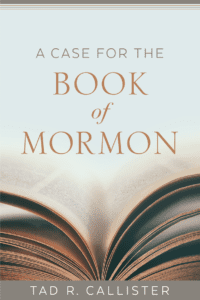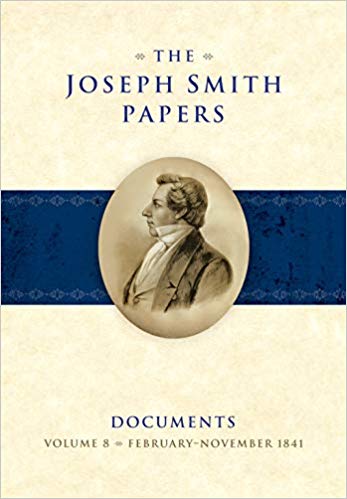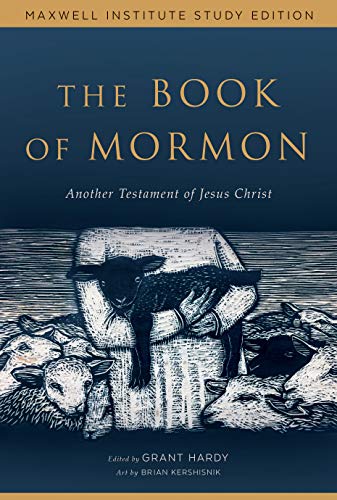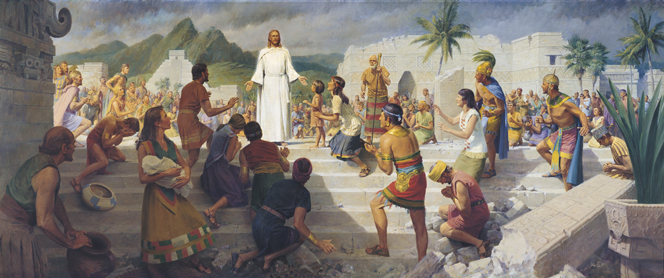
[A interview of the author can be found here.]
Tad Callister is an emeritus member of the Seventy and was the Sunday School General President until his release in the recent April General Conference. He has previously written books on the atonement and the apostasy. He has degrees in accounting and tax law and was a lawyer professionally. He is scheduled to speak at the 2019 FairMormon Conference in August.
This book presents both a spiritual and intellectual case for the Book of Mormon, drawing on previously published and unpublished books and talks by the author. In fact, the last chapter (which is a summary of the book) is a slightly modified version of his October, 2017 General Conference talk, “God’s Compelling Witness: The Book of Mormon,” and chapter two is from a talk he gave at a BYU Devotional on November 1, 2016, “The Book of Mormon: Man-Made or God-Given?” Much of the research cited is from FairMormon, Book of Mormon Central, and FARMS (now the Neal A. Maxwell Institute), along with classic scholarship from B. H. Roberts, Richard Lloyd Anderson, and Hugh Nibley.
The book has five parts, starting with an introduction stating that the Book of Mormon must be either true or false, a divine work or a fraud, and explaining why. And we are reminded why all this is important, with a quote from Anglican theologian, Austin Farrer: “Though argument does not create conviction, lack of it destroys belief. What seems to be proved may not be embraced; but what no one shows the ability to defend is quickly abandoned. Rational argument does not create belief, but it maintains a climate in which belief may flourish” (page 9). [Read more…] about Book Review: A Case for the Book of Mormon



 Richard Lloyd Anderson (1926-2018) was a Professor Emeritus of Ancient Scripture at Brigham Young University, and senior research fellow at the Joseph Fielding Smith Institute for Latter-day Saint History at Brigham Young University. More information about him can be found
Richard Lloyd Anderson (1926-2018) was a Professor Emeritus of Ancient Scripture at Brigham Young University, and senior research fellow at the Joseph Fielding Smith Institute for Latter-day Saint History at Brigham Young University. More information about him can be found 

 Brittany A. Chapman Nash is a historian at the Church History Library of The Church of Jesus Christ of Latter-day Saints. She received a BA in Humanities from Brigham Young University and an MA in Victorian Studies from the University of Leicester. She specializes in nineteenth-century Mormon women’s history and is co-editor with Richard E. Turley Jr. of the seven-volume Women of Faith in the Latter Days series, which features the life writings of Latter-day Saint women. She serves on the executive committee of the Mormon Women’s History Initiative Team (MWHIT). She and her husband, Peter Nash, live in Salt Lake City.
Brittany A. Chapman Nash is a historian at the Church History Library of The Church of Jesus Christ of Latter-day Saints. She received a BA in Humanities from Brigham Young University and an MA in Victorian Studies from the University of Leicester. She specializes in nineteenth-century Mormon women’s history and is co-editor with Richard E. Turley Jr. of the seven-volume Women of Faith in the Latter Days series, which features the life writings of Latter-day Saint women. She serves on the executive committee of the Mormon Women’s History Initiative Team (MWHIT). She and her husband, Peter Nash, live in Salt Lake City.